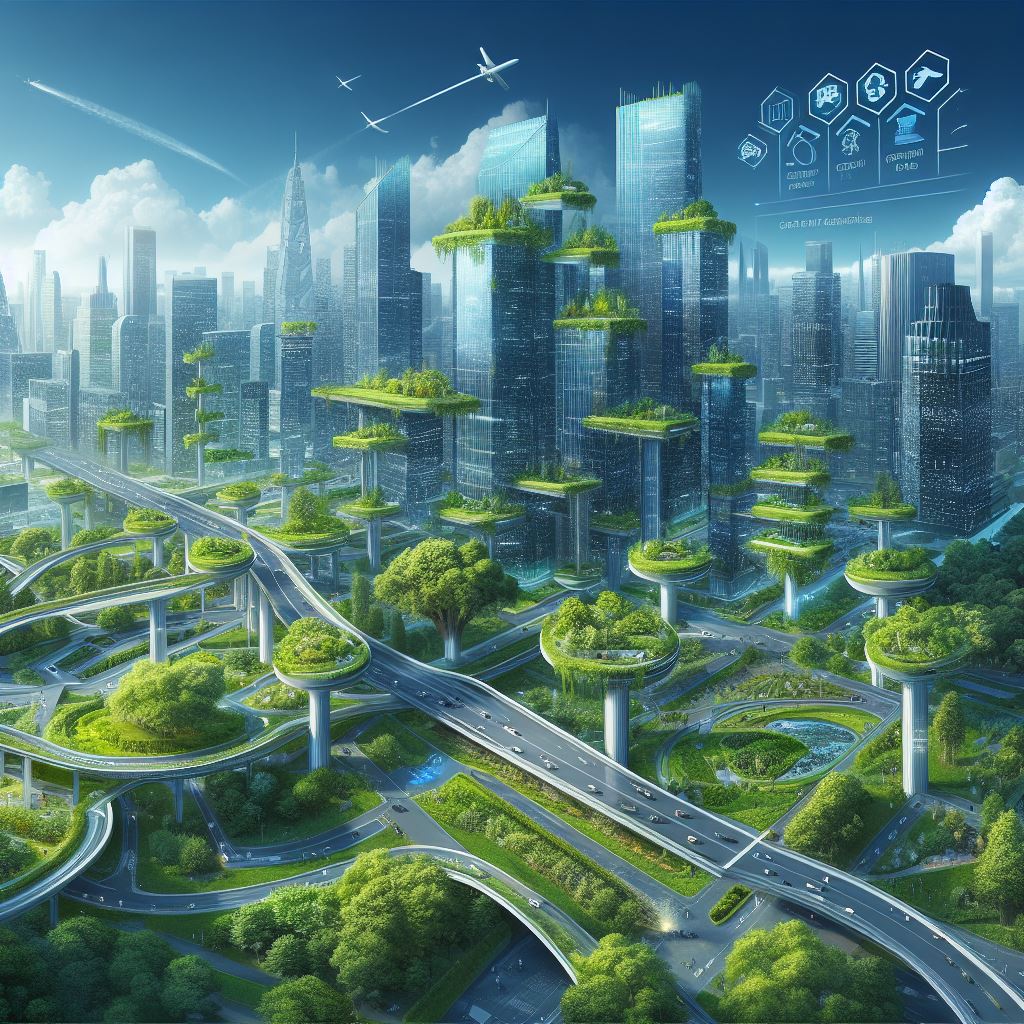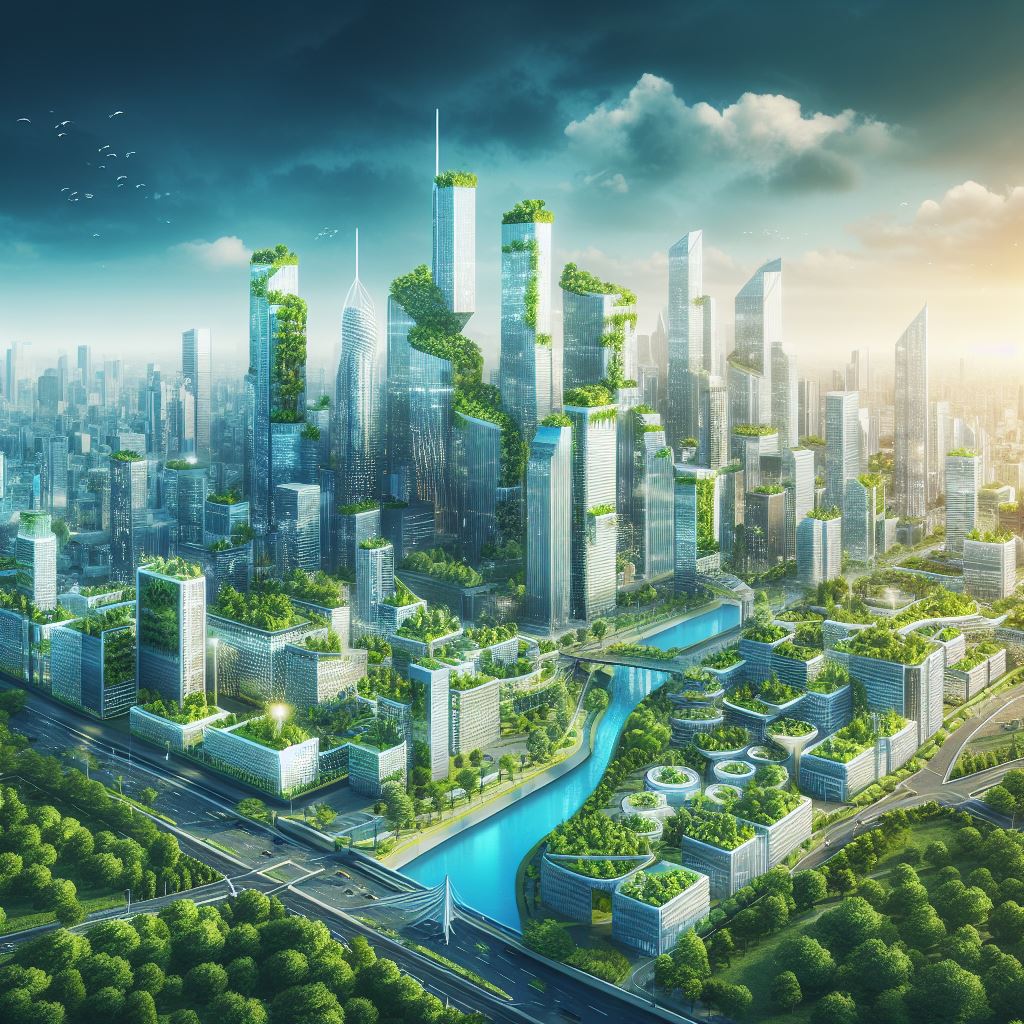
Civil Engineers: Pioneers in Urban Green Space Creation
Introduction
In the age of rapid urbanization, the importance of urban green spaces cannot be overstated. These spaces, often referred to as the "lungs of the city," play a pivotal role in enhancing the quality of urban life. But who are the unsung heroes behind these green havens? Enter civil engineers, the architects of sustainable urban development.
Definition and Importance of Urban Green Spaces
Urban Green Spaces can be defined as areas within cities and towns that are dedicated to vegetation, water, wildlife, and recreational activities. They range from parks and gardens to green rooftops and urban forests.
Benefits of Urban Green Spaces:
- Environmental: They help in reducing urban heat islands, improving air quality, and supporting biodiversity.
- Social: They provide recreational areas, promote community cohesion, and improve mental well-being.
- Economic: They increase property values, reduce healthcare costs, and can even boost local economies through tourism.
"Urban green spaces are not just aesthetic elements; they are the heartbeats of cities, ensuring environmental, social, and economic well-being," says Dr. Jane Goodall, renowned environmentalist.
The Role of Civil Engineers in Urban Development
Civil engineers are at the forefront of urban green space development. Their expertise in green infrastructure and eco-friendly infrastructure ensures that urban spaces are not just built, but are crafted with sustainability at their core.
Key Roles of Civil Engineers:
- Design: They conceptualize and design green spaces ensuring they are functional, sustainable, and aesthetically pleasing.
- Planning: They integrate green spaces within urban planning, ensuring that they are accessible and beneficial to all residents.
- Implementation: They oversee the construction and maintenance of these spaces, ensuring longevity and sustainability.
Techniques and Methodologies Used by Civil Engineers in Green Space Development
Civil engineers employ a range of techniques in landscape architecture and green city planning. Some of these include:
- Permeable Pavements: Allows water to percolate through the surface, reducing runoff and recharging groundwater.
- Green Roofs and Walls: These not only provide insulation but also combat the urban heat island effect.
- Rain Gardens: Designed to capture and absorb rainwater, they help in reducing surface runoff.
- Urban Forestry: Planting trees in strategic locations to provide shade, improve air quality, and enhance aesthetics.
Case Studies: Green Space Projects Led by Civil Engineers
1. High Line, New York: Once a disused rail track, it's now an elevated linear park. Civil engineers transformed this space using innovative techniques, making it a symbol of urban regeneration.
2. Gardens by the Bay, Singapore: A testament to engineering marvel and green urbanism, this space boasts of supertrees and biodomes, showcasing how cities can be green despite urban constraints.
3. Cheonggyecheon Stream, Seoul: This project saw the removal of an overhead freeway to restore a stream, turning it into a public recreation space, proving that with vision, even the most urbanized areas can be transformed.

Challenges and Solutions in Integrating Civil Engineering with Green Space Planning
Challenges Faced by Civil Engineers:
- Space Constraints: With increasing urbanization, finding space for green areas becomes challenging.
- Budget Limitations: Green projects often require significant investment.
- Maintenance: Ensuring that these spaces remain green and usable in the long term.
Solutions:
- Vertical Greening: Using vertical spaces like walls and buildings for vegetation.
- Community Involvement: Engaging local communities in maintenance and care.
- Innovative Financing: Using public-private partnerships or community funding for green projects.
Future Trends and Innovations in Green Space Development by Civil Engineers
The future of green urbanism is bright, with civil engineers leading the charge. Some trends to watch out for include:
- Smart Parks: Integration of technology into green spaces for better maintenance and user experience.
- Biodiversity Boosting: Designing spaces that support a wide range of flora and fauna.
- Climate Resilience: Creating spaces that can withstand and mitigate the effects of climate change.
"The cities of the future will not be concrete jungles, but green havens. And civil engineers will be at the heart of this transformation," predicts Prof. Alan Smith, a leading figure in sustainable urban development.
Conclusion
Civil engineers play an indispensable role in shaping the green landscapes of urban areas. Their expertise, innovation, and vision ensure that cities remain livable, sustainable, and beautiful. As we move towards a future where urban areas will house the majority of the world's population, the role of civil engineers in urban green space development will only become more crucial.
Civil Engineering Engineering Topics


